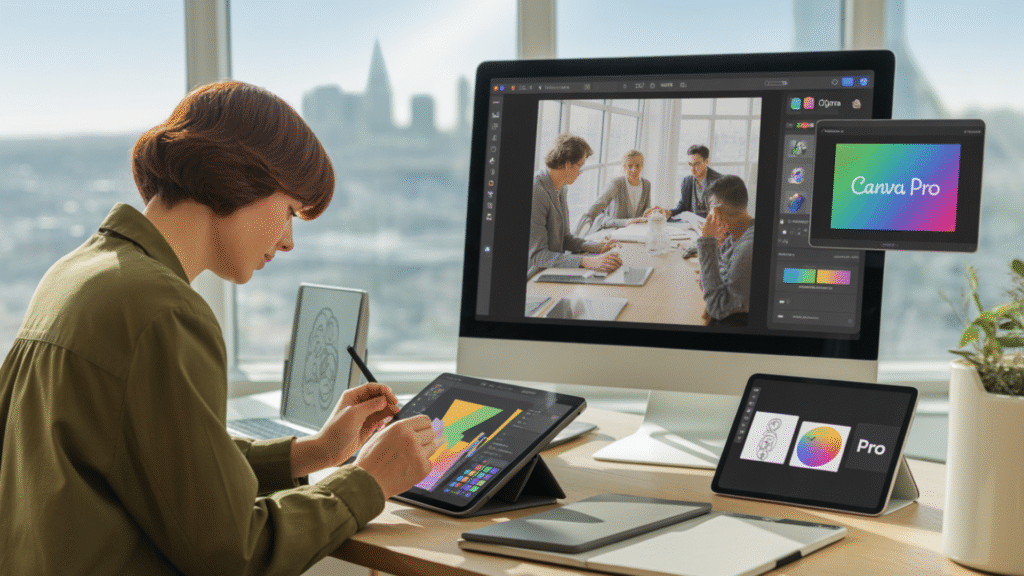Essential Tools Every Graphic Designer Should Use
Whether you’re a freelance designer just starting out or part of a larger creative team, having the right tools at your fingertips can transform the way you work. In 2025, the design landscape is more dynamic and innovative than ever, offering a wide array of platforms and apps that help save time, spark creativity, and boost productivity.
At Digiverse Studio , our design experts have tried and tested countless tools over the years. From creating stunning visuals to collaborating seamlessly with clients and teammates, the right tools can make all the difference. So, let’s dive into the must-have tools every graphic designer should consider adding to their toolkit this year.
Design Tools: Craft with Confidence and Creativity
The heart of any graphic designer’s work lies in the design tools they choose. In 2025, these tools not only help you create beautiful designs but also integrate with your workflow to streamline the entire creative process.
1. Adobe Illustrator – The Industry Standard for Vector Graphics
Adobe Illustrator remains the gold standard for vector design. Whether you’re crafting logos, icons, or illustrations, its powerful features and precision make it a go-to for professionals. The integration with other Adobe Creative Cloud apps also enhances workflow, allowing you to move seamlessly between Photoshop, InDesign, and more.
2. Figma – Best for UI/UX and Collaborative Design
Figma is revolutionizing the way designers work, especially in UI/UX design. What sets it apart is its real-time collaboration feature, making it perfect for teams working remotely or clients who want to provide feedback live. Plus, its cloud-based nature means you can access your designs anywhere, anytime.
3. Canva Pro – Great for Quick Content and Brand Kits
Canva Pro is a lifesaver for quick turnarounds. Whether you’re creating social media graphics, presentations, or marketing materials, Canva’s user-friendly drag-and-drop interface helps you produce polished designs fast. Its brand kit feature also lets you keep colors, fonts, and logos consistent across all projects.
4. Affinity Designer – A Budget-Friendly Alternative to Adobe
For designers seeking professional-grade tools without the Adobe subscription cost, Affinity Designer is a fantastic choice. It’s robust enough for complex vector and raster designs, making it a versatile tool for freelancers and agencies alike.
5. Procreate – Ideal for Illustrators and Digital Artists
Procreate, exclusive to iPad, is a favorite among illustrators and digital painters. Its intuitive interface, extensive brush library, and pressure sensitivity make it a creative powerhouse for freehand art and intricate detailing.
Asset Management: Keep Your Creative Resources Organized
Having a system to organize your assets is just as important as the creation process. These tools help designers keep track of inspiration, files, and brand elements to ensure smooth project flow.
- Eagle App – Organize and Tag Inspiration Files
Eagle is a must-have digital asset manager for creatives. It allows you to collect, tag, and categorize images, fonts, colors, and other inspirations in one place. This makes it easier to reference and share your creative mood boards with clients or teammates.
2. Google Drive / Dropbox – Cloud Storage with Version Control
Reliable cloud storage like Google Drive and Dropbox ensures your files are safe and accessible from anywhere. Both platforms offer version control, which is crucial for tracking changes and rolling back if needed during collaborative projects.
3. Notion – Organize Brand Guides, Links, and Project Briefs
Notion is an all-in-one workspace that designers love for its flexibility. Use it to store brand guidelines, project briefs, and even link resources and feedback. It’s perfect for keeping your creative process documented and organized.
Collaboration & Handoff: Bridge the Gap Between Design and Delivery
Effective communication and smooth handoffs between designers, developers, and clients can make or break a project’s success.
Zeplin – Clean Developer Handoffs for UI Design
Zeplin streamlines the handoff process by generating specs, assets, and code snippets for developers automatically. This reduces confusion and speeds up development, especially on UI-heavy projects.
- Miro – Visual Brainstorming and Feedback
Miro is a versatile digital whiteboard tool perfect for brainstorming sessions, wireframing, and collecting feedback. Teams can collaborate visually and asynchronously, keeping creativity flowing no matter where everyone is located.
2. Slack – Real-Time Team Communication
Slack remains the heartbeat of many creative teams. It’s perfect for instant messaging, file sharing, and integrating with other apps to centralize your communication.
3. Loom – Record Design Walkthroughs for Remote Teams
Loom allows designers to create video walkthroughs of their designs, explaining choices or guiding developers through specs. This personal touch can save hours of back-and-forth emails and clarifies project expectations.
Extras Designers Love: Boost Your Workflow and Creativity
Sometimes, the little tools make a huge difference. Here are some handy extras that many designers swear by:
- FontBase – Manage All Your Fonts
Managing fonts can be a nightmare without the right tool. FontBase helps you organize and preview your entire font collection, making it easy to find the perfect typeface when inspiration strikes.
2. Coolors – Create and Explore Color Palettes
Color sets the mood in any design. Coolors is a fun and powerful tool to generate harmonious palettes or explore trending colors. It’s a great way to experiment and find the right vibe for your project.
3. Remove.bg – Quick Background Removal Tool
Need to remove backgrounds from images quickly? Remove.bg uses AI to isolate subjects instantly, saving hours of manual masking work.
4. MockupWorld – Free, High-Quality Design Mockups
Presenting your designs in context is vital. MockupWorld offers a treasure trove of free, professional mockups—from devices to packaging—that help your clients visualize the final product.
Why Having the Right Tools Matters
At Digiverse Studio, we believe that having the right tools isn’t about collecting every shiny app on the market. It’s about selecting those that fit your workflow, boost your creativity, and make your work efficient and enjoyable.
With the right toolkit in 2025, you’ll design smarter, not harder—and free up more time for what truly matters: your creativity and the impact of your work.
If you’re ready to level up your design game or want expert advice on building a powerful creative workflow, reach out to Digiverse Studio. We’re here to help you make the most of your creative potential.

